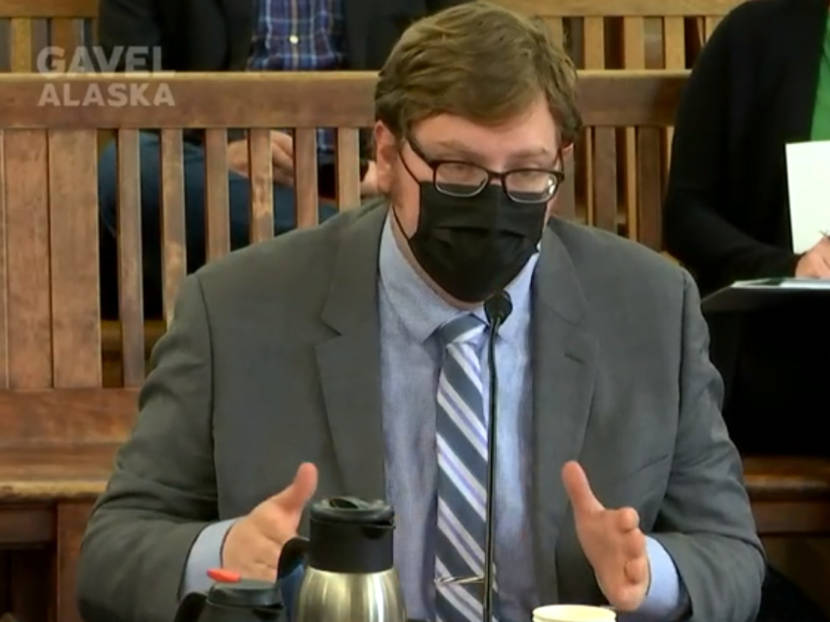
Alaska’s state government may have trouble paying its bills over the next year, due to a dispute over taking funds from the piggy bank the state has used to balance the budget in the past.
And that could lead to the state spending from funds that most lawmakers want to protect for the future. Or it could go without paying some of its bills — but the Legislature would have to agree to a change for it to be legal.
Legislative Finance Division Director Alexei Painter told the Senate Finance Committee on Wednesday that the state could run out of money if oil revenue comes in lower than forecast.
“There’s no backstop fund now, so if we have a deficit, there’s no funds there to fill it,” he said.
In past years, the Constitutional Budget Reserve was that backstop. But spending from it requires the agreement of three-quarters of both the Senate and House of Representatives. And that hasn’t happened this year.
The Senate Finance Committee is considering a bill the House recently passed to fund permanent fund dividends and other items. If the Senate passes the bill without changes, it’s projected to leave a relatively small amount at the end of the budget year — $60 million — compared to the size of the budget, which has $4.9 billion in state funds.
And Painter said if the projection is wrong, there could be no money left.
“Having no margin of error and not having a backstop fund is concerning, just because of that difficulty in the budget world of being accurate in that projection,” Painter said.
Without drawing from the Constitutional Budget Reserve, there are only two other large accounts the state could draw from if it runs out of money. Most lawmakers have wanted to protect both of them.
One is the Power Cost Equalization Endowment Fund. It pays to lower energy bills in high-cost areas. The other account is the permanent fund’s earnings reserve. Most lawmakers have opposed drawing more from permanent fund earnings than is planned under state law. They’re concerned that would threaten the permanent fund’s long-term health.
Bethel Democratic Sen. Lyman Hoffman said the Senate Finance Committee could keep $54 million more in the general fund to pay for the budget. That’s how much the House approved in oil and gas tax credits. Hoffman said the money could instead come from the Constitutional Budget Reserve, or CBR.
“I would think that the committee would consider the option of funding the $54 million out of the CBR again,” he said.
The state has run out of money in the general fund before, in 1987. The administration at the time stopped some money the Legislature had budgeted from being spent. The Legislature later retroactively approved the action.
Editor’s note: The headline of this story has been updated.
